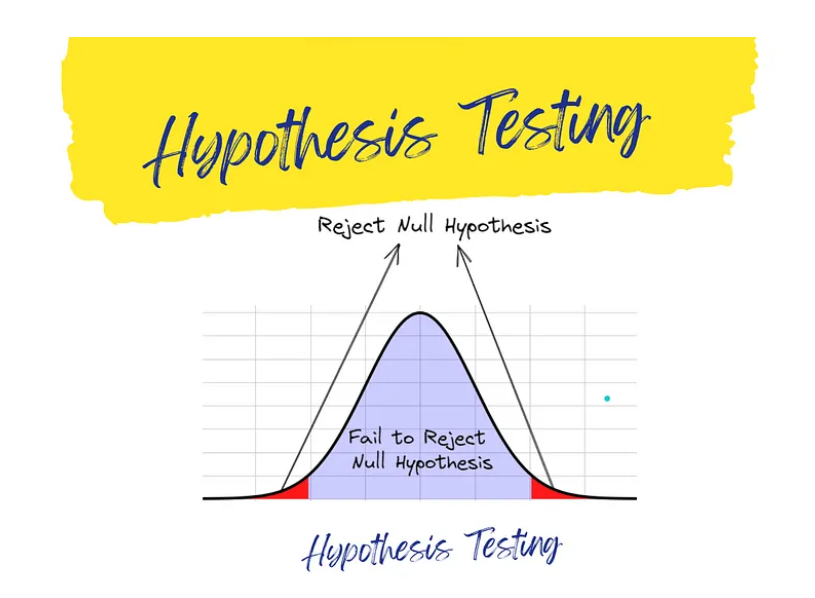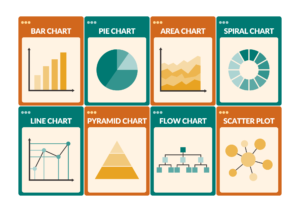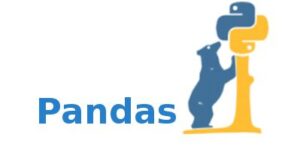Hypothesis testing is a fundamental concept in statistics that allows us to make inferences about populations based on sample data. In the context of data science, hypothesis testing provides a structured framework to test assumptions, validate models, and drive data-driven decisions. This blog post will explore the basics of hypothesis testing, its importance in data science, and provide real-life examples to illustrate its application.
What is Hypothesis Testing?
Hypothesis testing is a statistical method used to decide whether there is enough evidence to reject a null hypothesis (H0) in favor of an alternative hypothesis (H1). It involves the following steps:
- Formulating Hypotheses:
- Null Hypothesis (H0): A statement that there is no effect or no difference.
- Alternative Hypothesis (H1): A statement that there is an effect or a difference.
- Choosing a Significance Level (α):
- This is the probability of rejecting the null hypothesis when it is actually true (Type I error). Common choices are 0.05, 0.01, or 0.10.
- Collecting Data:
- Gather data through experiments, surveys, or observational studies.
- Calculating a Test Statistic:
- A value derived from the sample data that is used to make a decision about the hypotheses.
- Making a Decision:
- Compare the test statistic to a critical value or use a p-value to determine whether to reject the null hypothesis.
Importance of Hypothesis Testing in Data Science
Hypothesis testing is crucial for several reasons:
- Validating Models:
- In data science, models are built to predict or explain phenomena. Hypothesis testing helps in validating these models to ensure they perform well on unseen data.
- Driving Data-Driven Decisions:
- Businesses and organizations rely on data to make decisions. Hypothesis testing provides a scientific approach to make informed decisions rather than relying on intuition.
- Ensuring Robustness:
- Hypothesis testing helps in assessing the robustness of findings. By testing different hypotheses, data scientists can ensure their conclusions are not due to random chance.
Real-Life Examples of Hypothesis Testing
Example 1: A/B Testing in Marketing
Imagine a company wants to determine whether a new marketing campaign (Campaign B) is more effective than the current one (Campaign A). They run an A/B test where they randomly assign half of their audience to see Campaign A and the other half to see Campaign B. The goal is to test whether Campaign B results in a higher conversion rate.
- Null Hypothesis (H0): The conversion rate of Campaign B is equal to the conversion rate of Campaign A.
- Alternative Hypothesis (H1): The conversion rate of Campaign B is higher than the conversion rate of Campaign A.
By collecting data on conversion rates and performing a hypothesis test, the company can determine if Campaign B is significantly better than Campaign A.
Example 2: Drug Efficacy in Healthcare
A pharmaceutical company wants to test the effectiveness of a new drug designed to lower blood pressure. They conduct a clinical trial with two groups: one receiving the new drug and the other receiving a placebo.
- Null Hypothesis (H0): The new drug has no effect on blood pressure.
- Alternative Hypothesis (H1): The new drug lowers blood pressure.
After collecting and analyzing the blood pressure data from both groups, the company can use hypothesis testing to decide if the new drug is effective.
Example 3: Quality Control in Manufacturing
A factory produces light bulbs, and the quality control team wants to ensure that the average lifespan of the bulbs is at least 1,000 hours. They take a random sample of light bulbs and test their lifespans.
- Null Hypothesis (H0): The average lifespan of the light bulbs is 1,000 hours.
- Alternative Hypothesis (H1): The average lifespan of the light bulbs is less than 1,000 hours.
By performing a hypothesis test, the quality control team can determine if the production process meets the required standards or if adjustments are needed.
Conclusion
Hypothesis testing is a vital tool in the arsenal of data scientists. It allows them to validate models, make informed decisions, and ensure the reliability of their findings. Through real-life examples like A/B testing in marketing, drug efficacy trials in healthcare, and quality control in manufacturing, we can see the practical applications and importance of hypothesis testing. As data science continues to evolve, mastering hypothesis testing will remain a cornerstone for driving data-driven insights and decisions.




